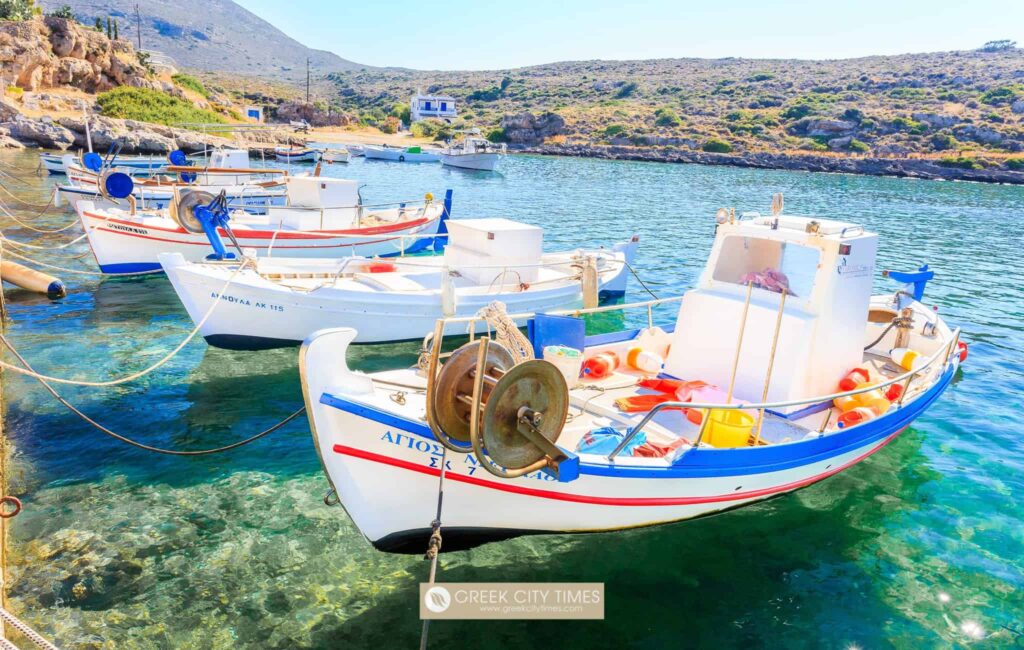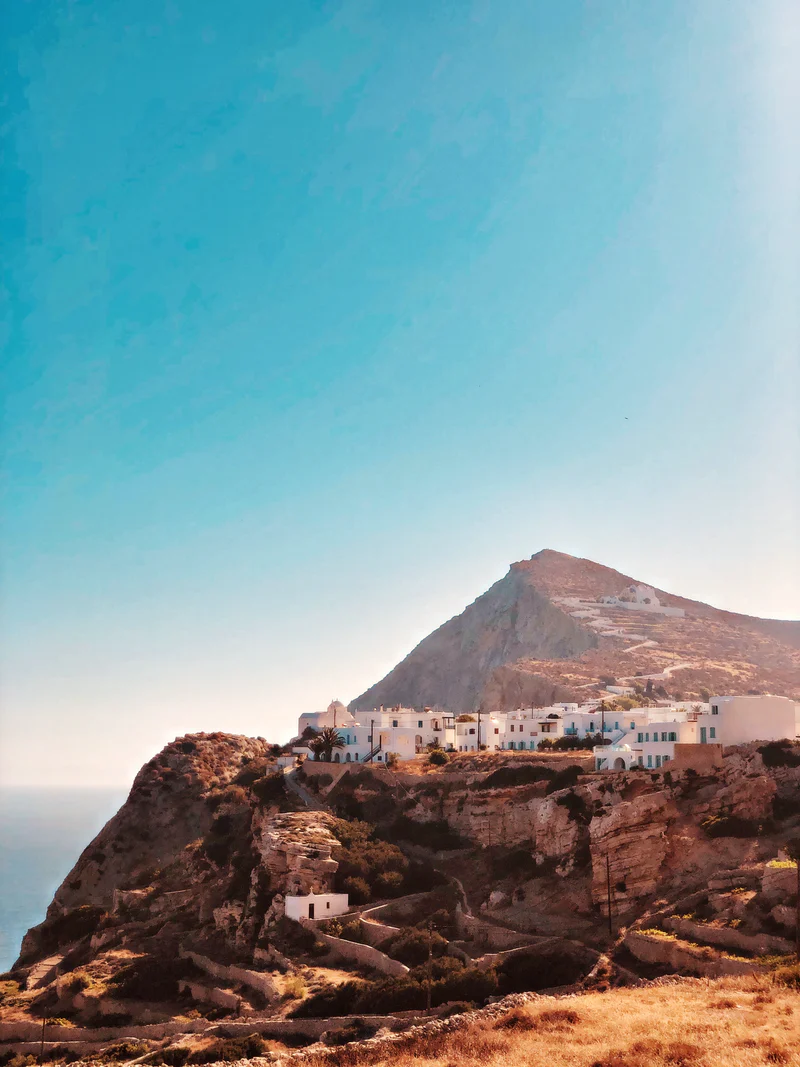
British daily newspaper The Guardian recently published a list of their '10 best crowd-free Greek islands and coastlines.'
"Greece is the word on everyone’s lips and, fingers crossed, its sun-kissed beaches will welcome us back soon. All these places offer a taste of true Greek culture," says writer Mary Valiakas.
These 10 stunning island and mainland destinations offer a more nourishing side of Greece.
Greece should be able to open up for tourists from May 15.

"These are places where people take pride in offering hospitality – in line with the ancient custom of filoxenia, love of strangers – and where things are done with meraki, love and soul."
The Guardian's '10 best crowd-free Greek islands and coastlines':
- Andros: a favourite with holidaying Greeks for its food, beaches and pretty villages.
- Evia: a gem within striking distance of Athens, worth exploring for the variety it offers.
- Galaxidi: steeped in maritime history, this pretty little town on the Gulf of Corinth below ancient Delphi is an overlooked gem.
- Folegandros: the scenery is dramatic, and the cobbled streets tranquil.
- Leros: said to be the favourite island of goddess Artemis, it’s lush and hilly with many beautiful pebbly coves, and has a colourful history.
- Kythira: birthplace of Aphrodite, this island off the southern Peloponnese lives up to the goddess’s name.
- Astypalea: the kind of Greek idyll those who know the country well dream of escaping to.
- Syros: a year-round population, non-touristy shops and a vibrant cultural life make for a fascinating insight into the local lifestyle.
- Pilio: a year-round destination offering mountain activities as well as coastal attractions, and was used as a location in the first Mamma Mia! film.
- Mani, Peloponnese: medieval fortresses and tower villages dot the dramatic landscape, and olive groves run out to the horizon.

